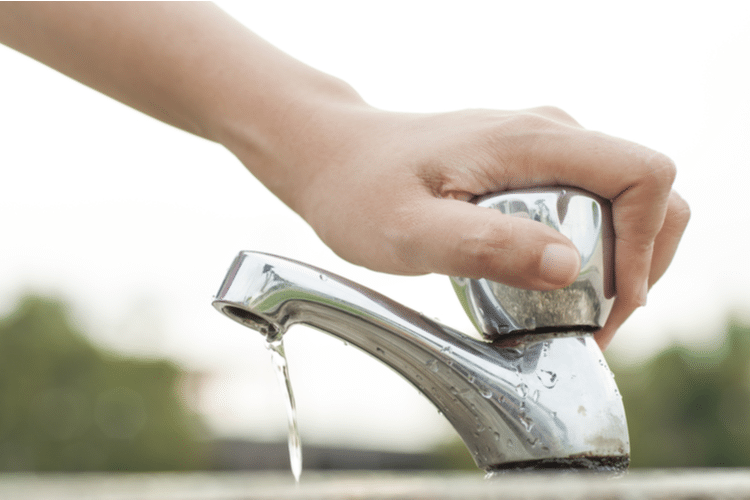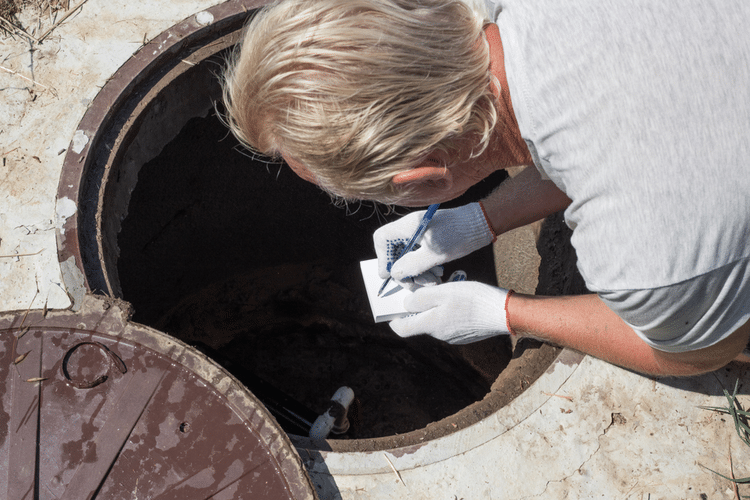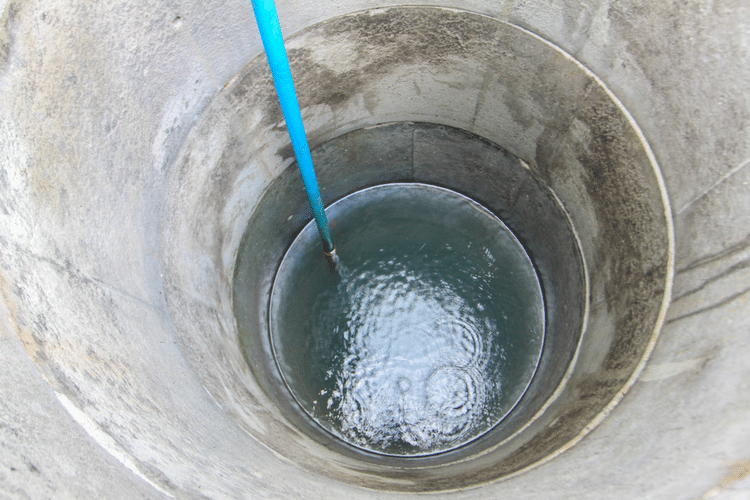Well recovery rate refers to the rate at which water can be reasonably pumped from a well without depletion to the point that the well becomes dry.
In general, well recovery rates measured for 24-hours can run from a fraction of a gallon each minute—a poor flow rate—to 3 gallons per minute, which is serviceable but not great.
Good recovery rates can run from 5 gallons a minute—an acceptable number comparable to residential use—to over 10 gallons per minute which is an excellent recovery rate for residential areas.
So, how to improve well water recovery rate when it becomes a problem? Here are 3 ways to go about it:
1. Practice Water Conservation
Water conservation is one of the best ways to prevent a well from running dry, and improving its recovery rate. Limiting your water use can can reduce the pump time and overall pump power. You don’t want to overwork your well all at once.

Operate the pump in equal intervals to prevent the levels from getting too low. That will decrease the time it takes for the water to go below the static level again.
2. Use New Well Screen
If the recovery rate is very low because the well screen is blocked, you can try using a new well screen to boost the recovery rate. It helps by allowing more water to pass through.

3. Remove Sediment & Limescale Buildup
If there are slime deposits in your well and the rocks underneath, you should remove them to prevent buildup. You can do this by pouring an acidic solution into the well.

The acid will remove deposits from the bottom of the well which eventually gets pumped out. You can then use chlorine to dissolve iron bacteria from the surface of the rocks. Chlorine is also a good disinfectant.
Signs of Slow Well Water Recovery
A well that is tapped into a proficient aquifer can supply cool and clean water for generations to come. For this reason, most homeowners are guilty of taking their wells for granted.
Still, water levels can decrease significantly during drought seasons. Frequent spells combined with regular use may cause a well to dry up at some point in time.
Fortunately, a dried-out well doesn’t happen in a day or at night. There are usually signs that indicate a water source is faltering. Here’s what to look out for:
Sputtering Faucets
It’s not unusual for a faucet to sputter a bit upon opening it. However, if it happens more frequently, it’s likely a sign that air is in the plumbing system.
Typically, this issue results from a pipe leak or failing valves. It can also signify that the groundwater level has dropped.
Its also possible that instead of sucking in water, the pump is sucking in the air because the water levels are low.
Murky and Muddy Water
The sign of an optimal well water source is clear water which assures safe usage. Conversely, water that exits the spout muddy or sandy and has a strange odor or taste can be an alert that the well is running dry.
This is even more true if you have a sediment filter. For the most part, sediments will remain at the bottom of the well if the pump is still drawing in clean water. However, when the water begins depleting, sediments dislodge and swirl around the pump.
Diminished Water Pressure
If water begins trickling out of every faucet in your house instead of pouring out, it means that water pressure is compromised. Many variables can lead to this issue, such as a problem with the pressure tank or a blocked pipe.
Additionally, an exhausted water source can also be the cause.
The Pump Runs Longer Than Usual
When your pump begins running longer than normal, it’s a sign that it is having difficulty producing the required pressure to pump water out. However, if the water levels decreases, your pump will continually try to maintain water pressure to keep the tank full.
If your pump begins turning on and off very frequently, this is another sign that your water levels are low.
Recovery After Heavy Use
After doing a massive amount of laundry or watering your lawn, water wells can take time to recover after such heavy use. But, when the recovery time becomes too long, it may signify that your well is drying up.
Neighbours Have the Same Complaint
If you start to see signs that your well has problems, ask your neighbours if they’re experiencing any of the same issues. If they also own a well and they have similar problems, then it could be that the ground water source in your residential area is running dry.
Take this opportunity to measure the water level to better understand what to expect.

Solutions to Dry Well
If your private well is running low on water or has run out of water, there are a few options to consider. Try these possible solutions to a dry well:
Lower the Water Pump
Even though the water pump is usually far below the water surface, there’s a good chance you can place it even lower to ensure that it stays below the water level in the summer.
Deepening the Well
You can also boost the recovery rate by deepening your well. The water level may have diminished, and it’s taking too long for the well to recover once you’ve finished pumping.
Drilling deeper may help balance the wait time.
Hydrofracking
Hydrofracking or hydrofracturing is a method that removes the sediment in wells and opens the adjacent rocks so that you can obtain more water for the well. Your well won’t get replenished as quickly if a pile of sediment has formed at the well base.
Hydrofracking involves a water stream with high pressure. The sediment gets dislodged and removed while the rocks are fractured, opening up more streams of water into the well.
Relocating the Well
Lastly, you can permanently relocate your well by building a new one. This should be your last option because it’s expensive to drill another well. Ensure that you’re following state guidelines and that you have properly discontinued your old well.